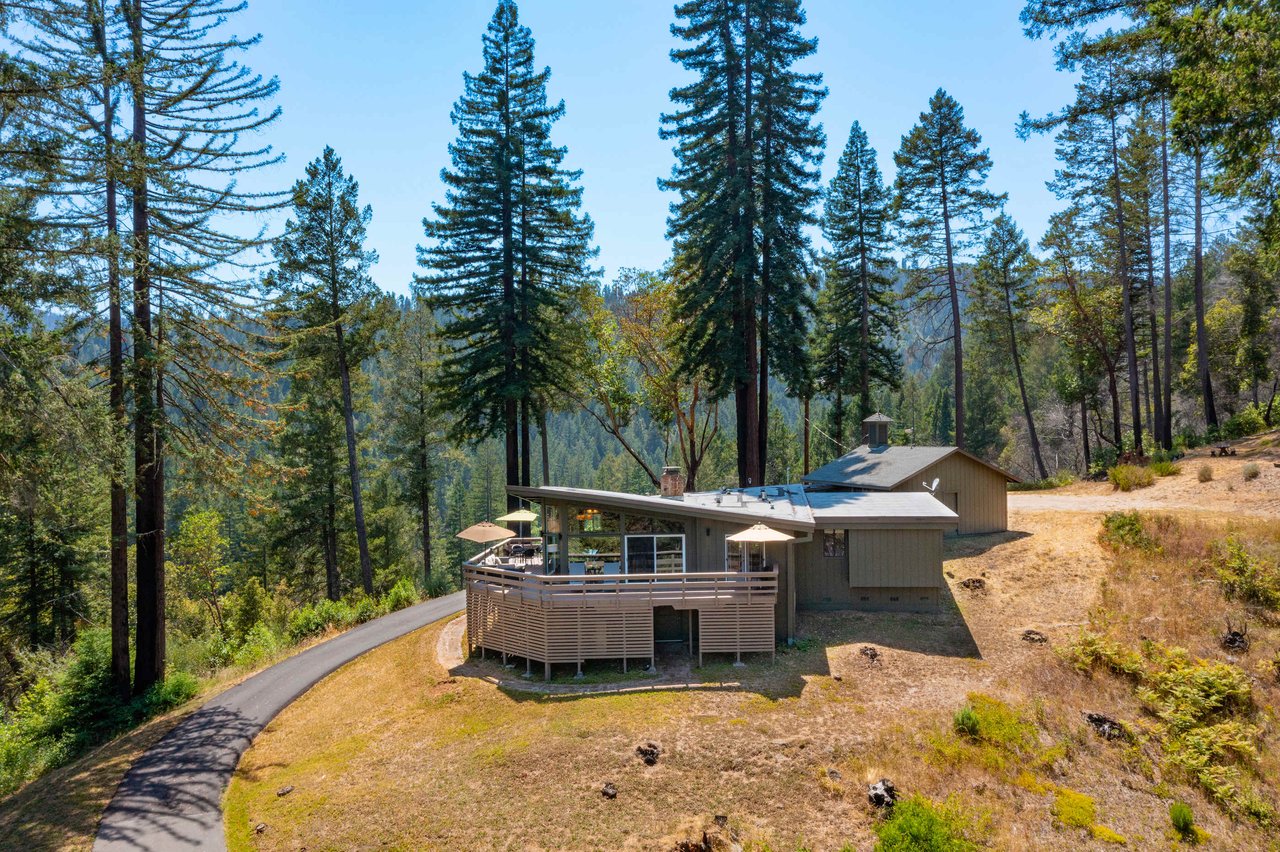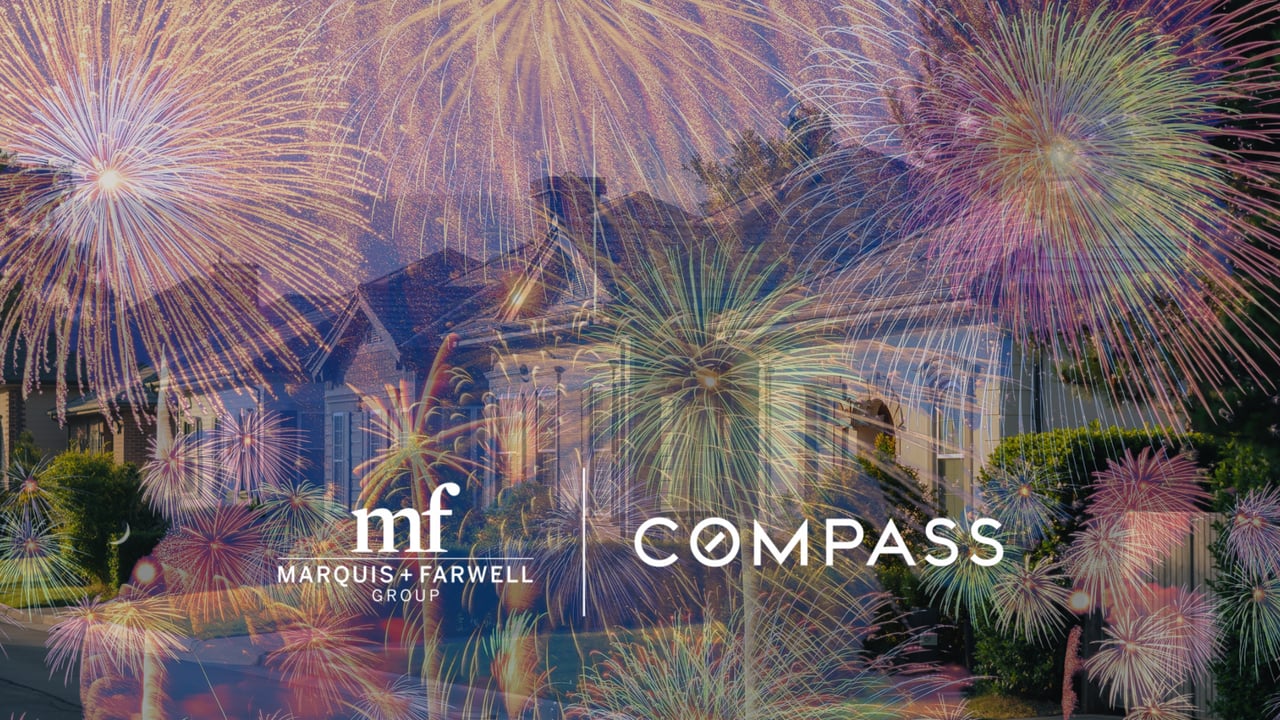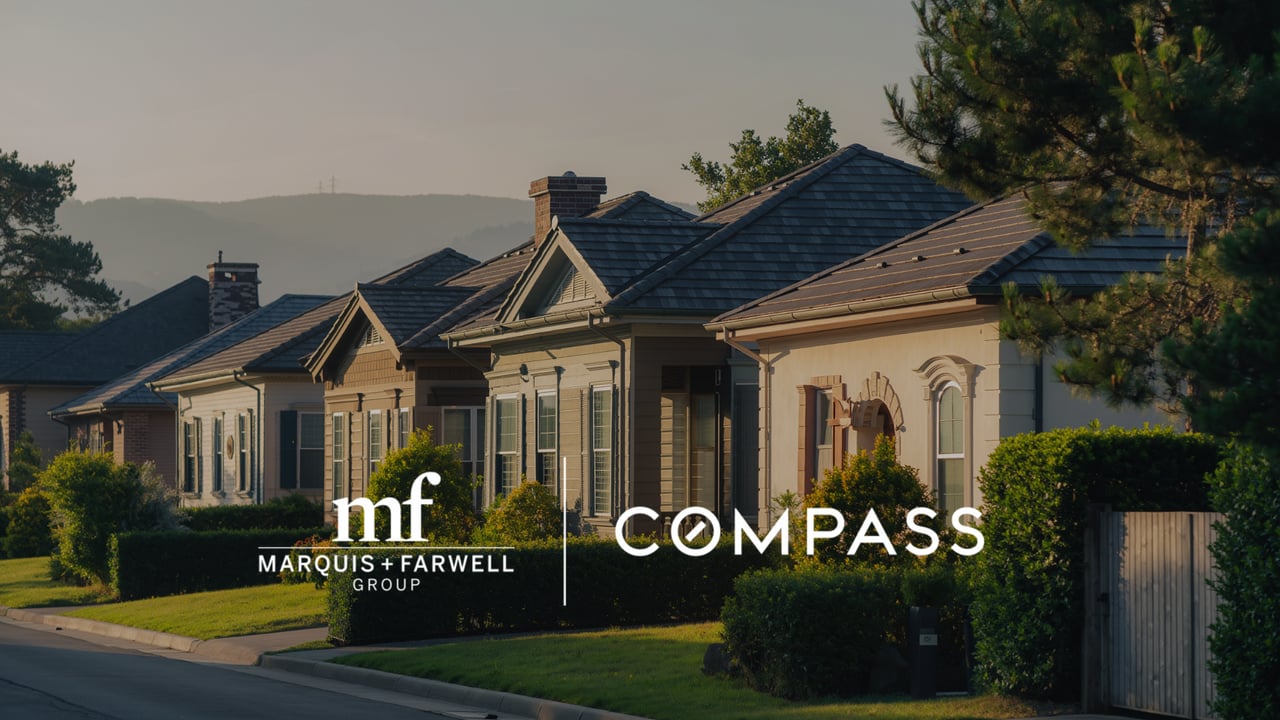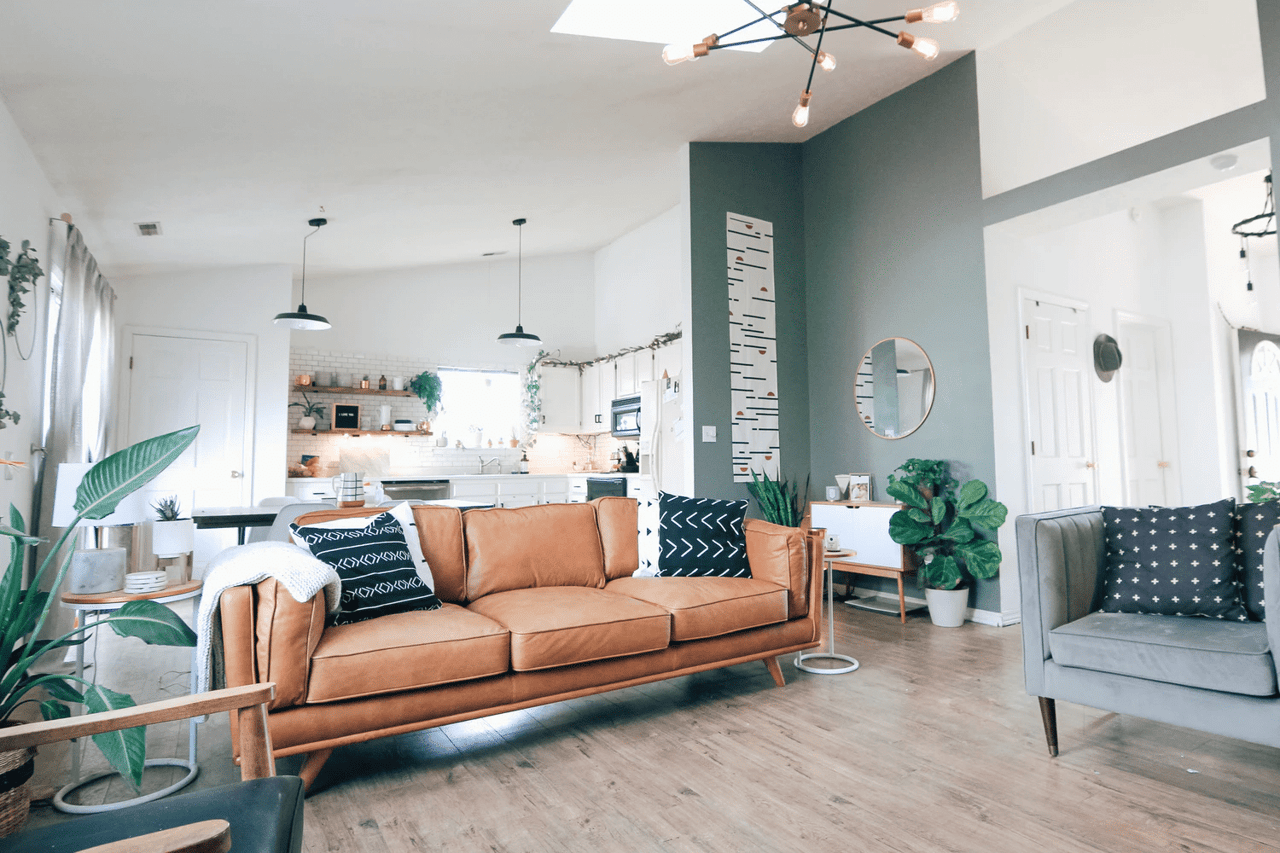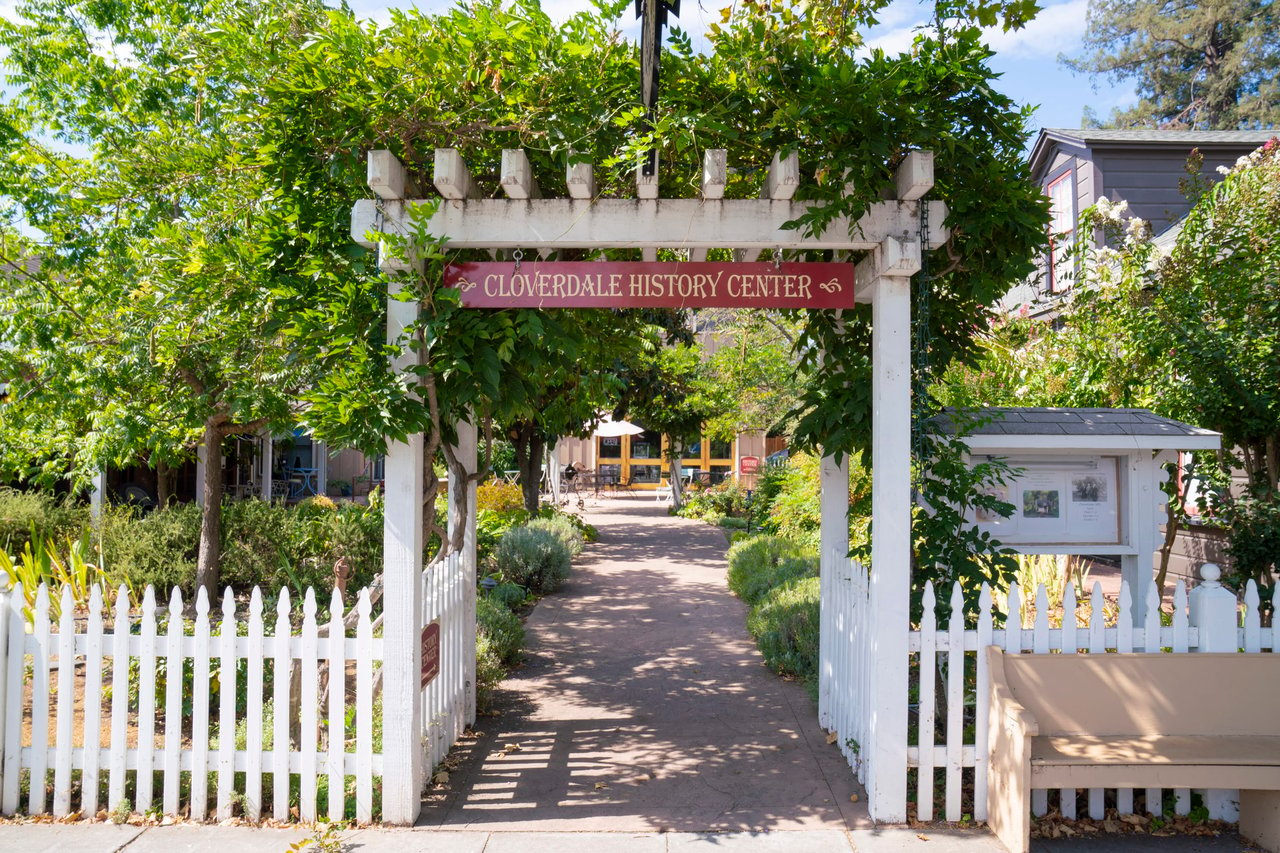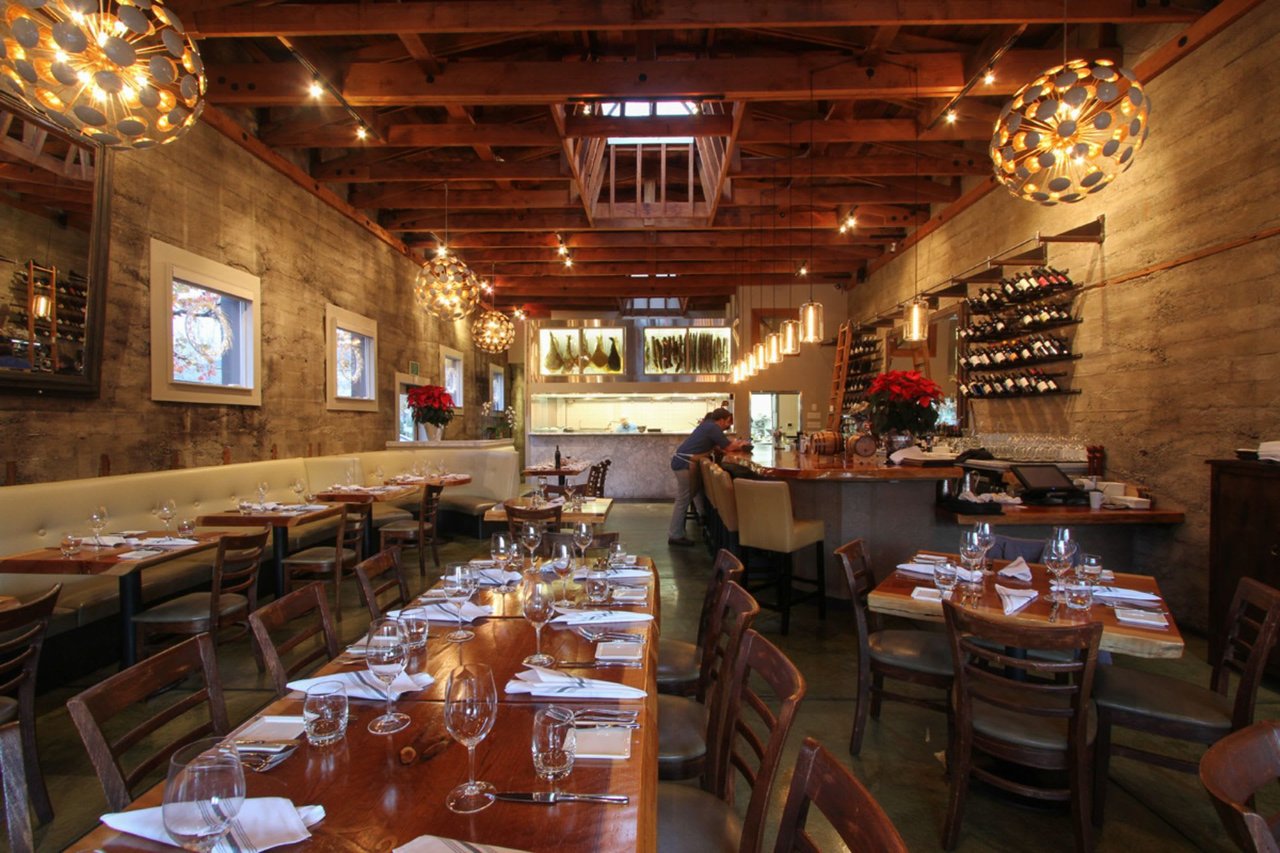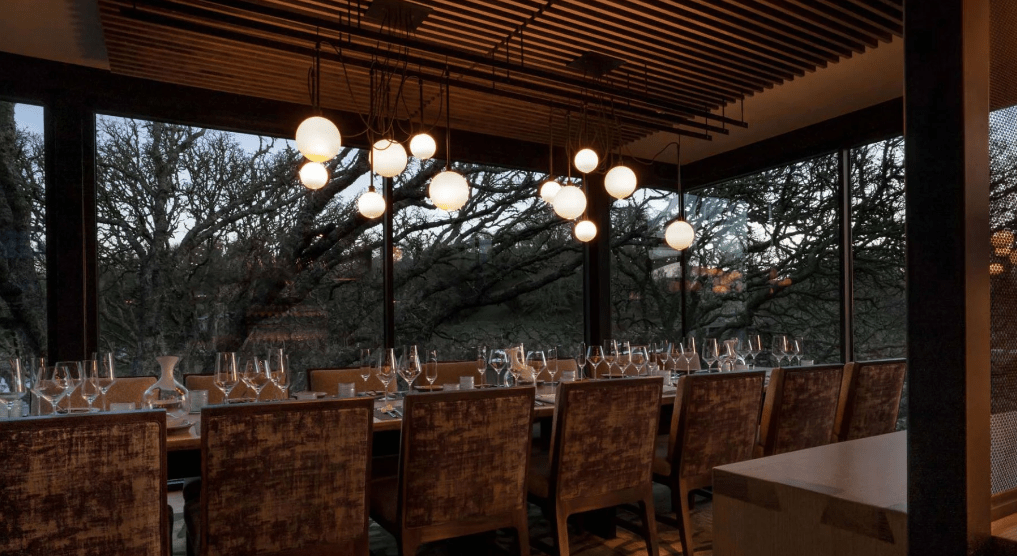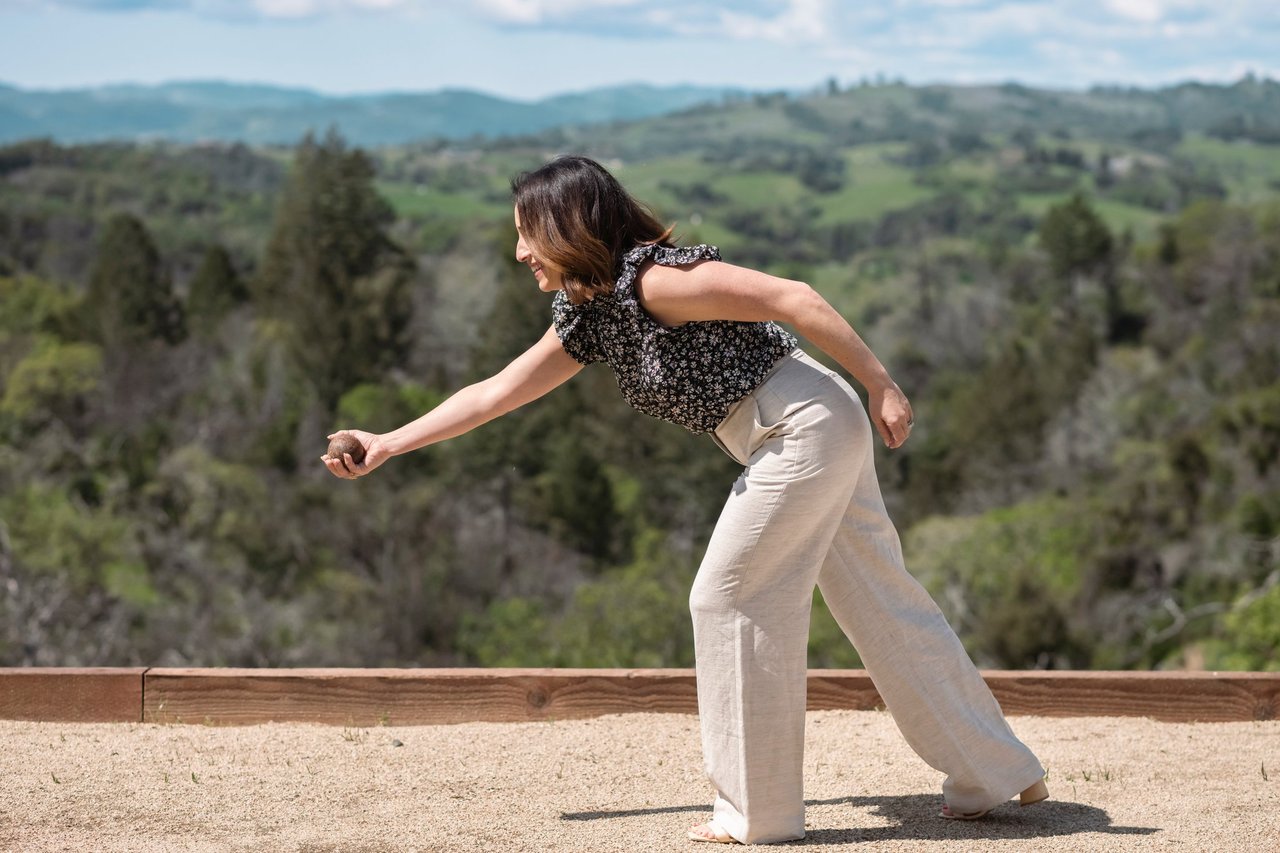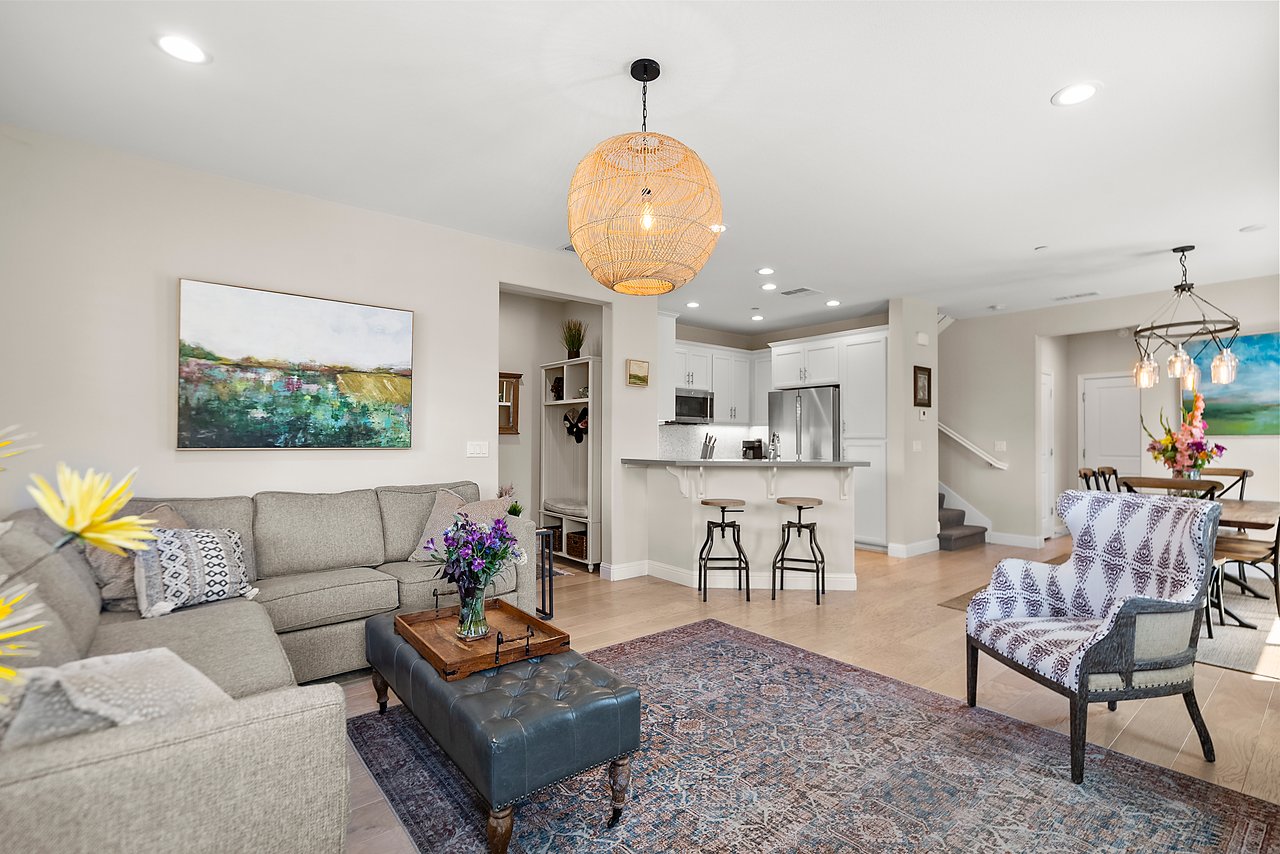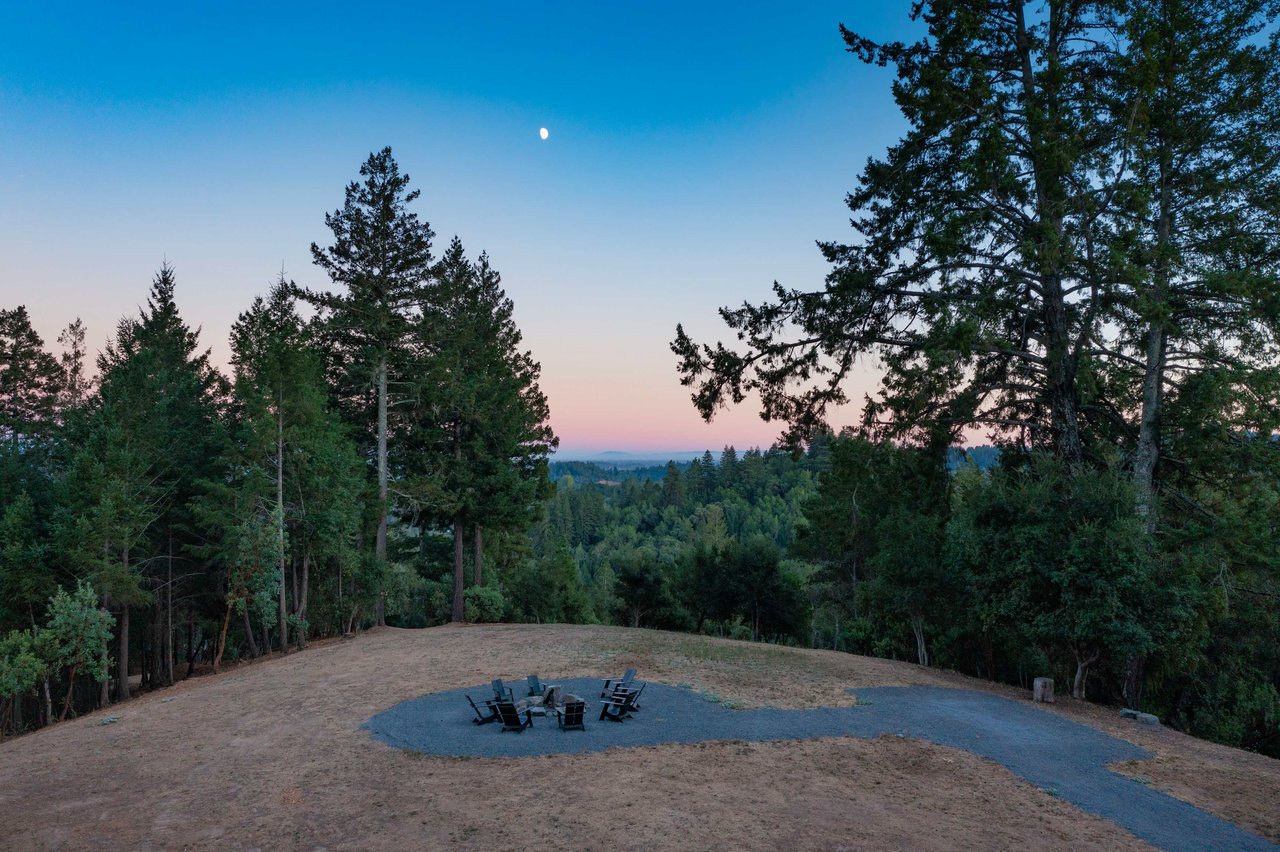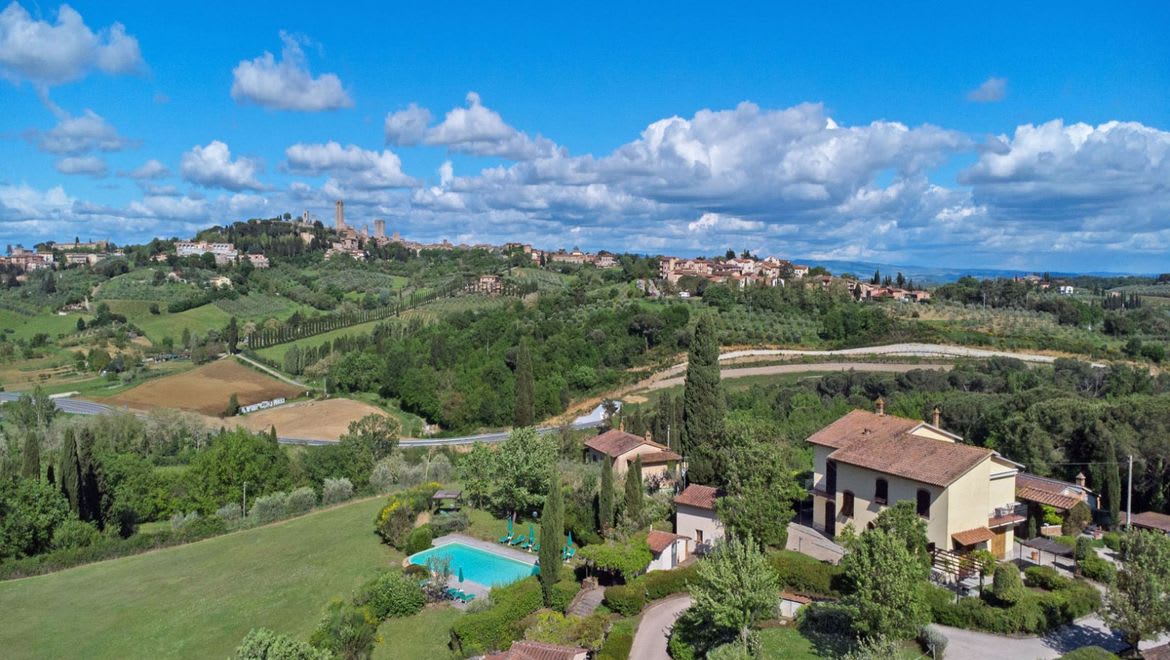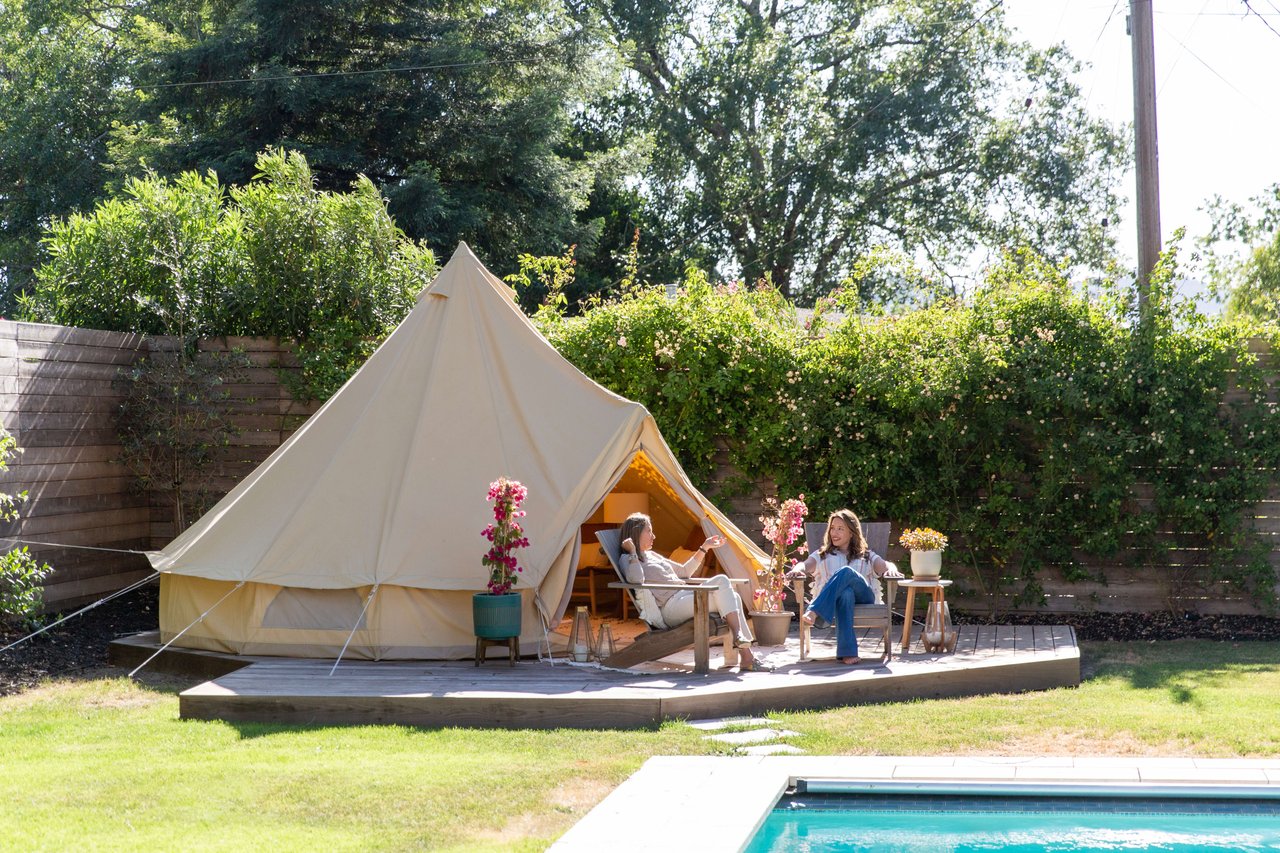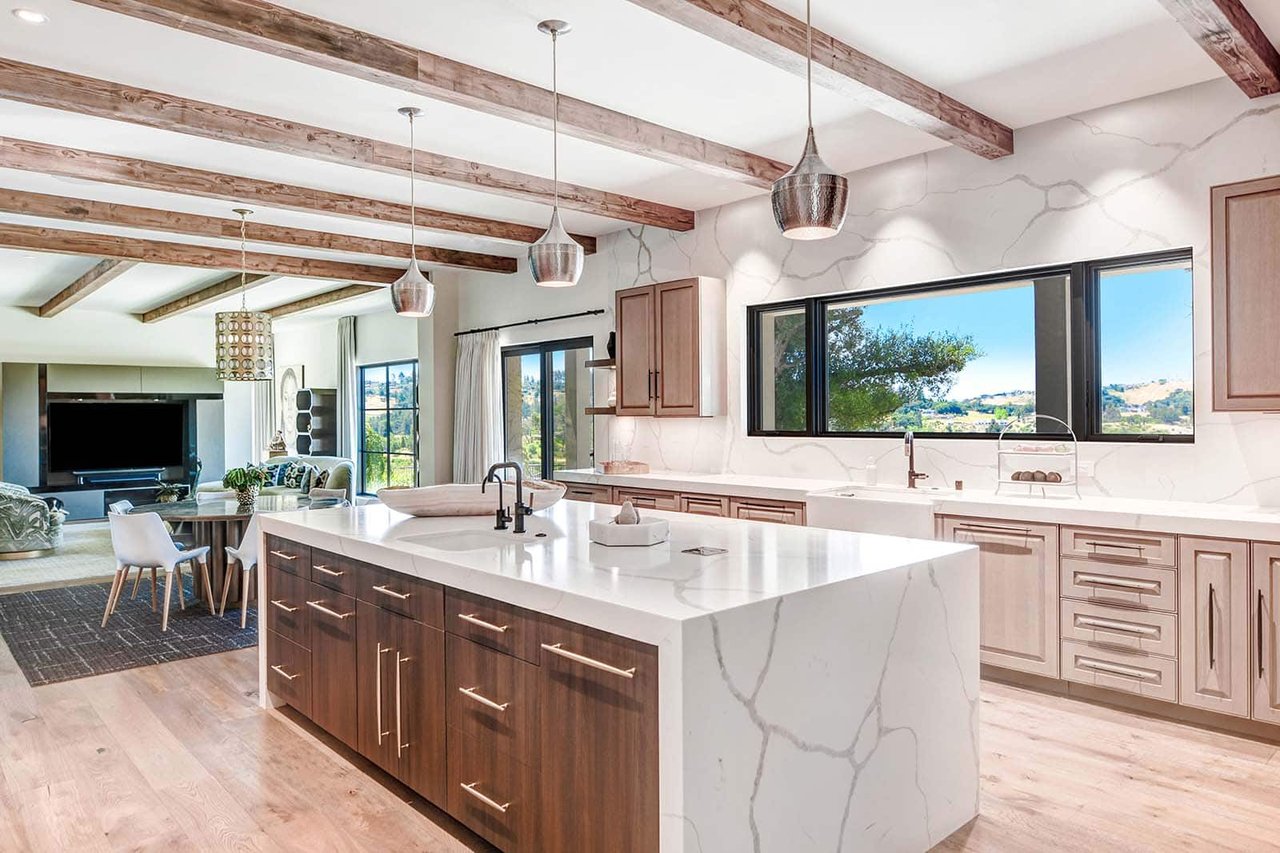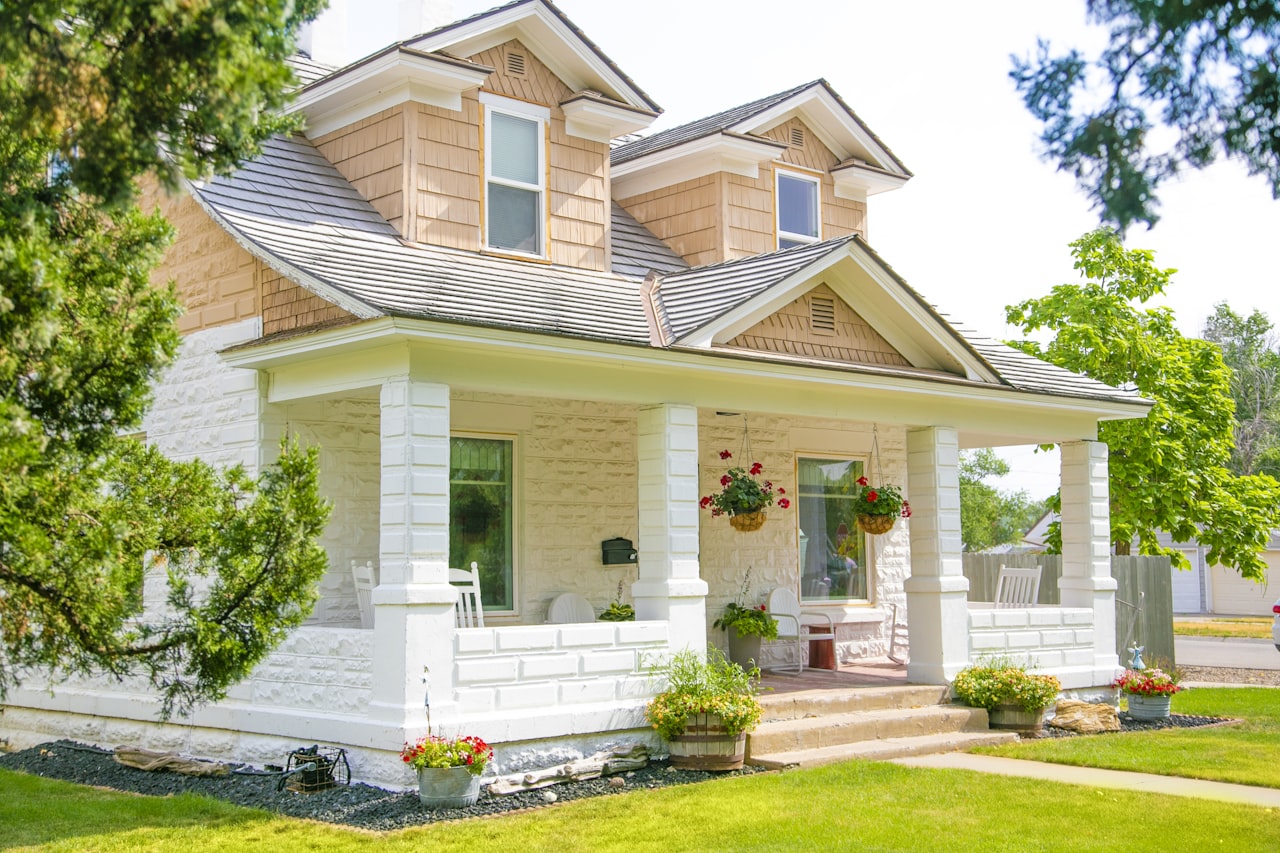Mid-century modern homes have captivated the imagination of homeowners and design enthusiasts for decades. Their clean lines, open spaces, and seamless integration with nature make them a timeless architectural style. Let's delve into the fascinating history of mid-century modern homes and explore what makes them so enduringly popular.
Origins and Influences: The mid-century modern movement emerged in the mid-20th century, primarily between the 1940s and 1960s. It was a response to the traditional, ornate designs that dominated architecture and interior design at the time. Influenced by the Bauhaus movement and the principles of modernism, mid-century modern homes sought to simplify and streamline living spaces while embracing new materials and construction techniques.
Architectural Features: One of the defining characteristics of mid-century modern homes is their integration with the surrounding environment. Large windows, open floor plans, and minimalistic design elements create a sense of harmony between the indoor and outdoor spaces. Flat planes, asymmetric forms, and the use of natural materials like wood and stone contribute to the distinctive aesthetic of these homes.
Iconic Architects and Designers: Several iconic architects and designers played a pivotal role in shaping the mid-century modern movement. Visionaries like Frank Lloyd Wright, Richard Neutra, and Charles and Ray Eames left an indelible mark on the architectural landscape with their innovative designs. Their creations continue to inspire contemporary architects and homeowners alike.
Enduring Popularity: Despite evolving design trends, mid-century modern homes have maintained their popularity and relevance. Their timeless appeal transcends generations, appealing to those who appreciate the marriage of form and function. The resurgence of interest in minimalism and sustainable living has further cemented the status of mid-century modern homes as coveted architectural treasures.
Influence on Contemporary Design: The influence of mid-century modern design extends far beyond the realm of residential architecture. Its impact can be seen in furniture, interior decor, and even urban planning. The clean lines, organic shapes, and emphasis on functionality continue to inform modern design sensibilities, making mid-century modern style a perennial favorite.
Preserving the Legacy: As mid-century modern homes continue to capture the imagination of homeowners; preservation efforts have gained momentum. Organizations dedicated to the conservation of mid-century architecture work tirelessly to protect and celebrate these iconic structures, ensuring that future generations can appreciate their timeless allure.
In conclusion, the history of mid-century modern homes is a testament to the enduring power of visionary design. From its humble beginnings to its pervasive influence on contemporary aesthetics, the legacy of mid-century modern architecture remains as vibrant as ever. Whether nestled in the hills or gracing urban neighborhoods, these homes stand as a testament to the artistry and innovation of their creators.
We are delighted to present a current mid-century modern listing we have, at 4915 Mill Creek Rd, in Healdsburg, CA. To preview it for yourself, please reach out to us at [email protected].

